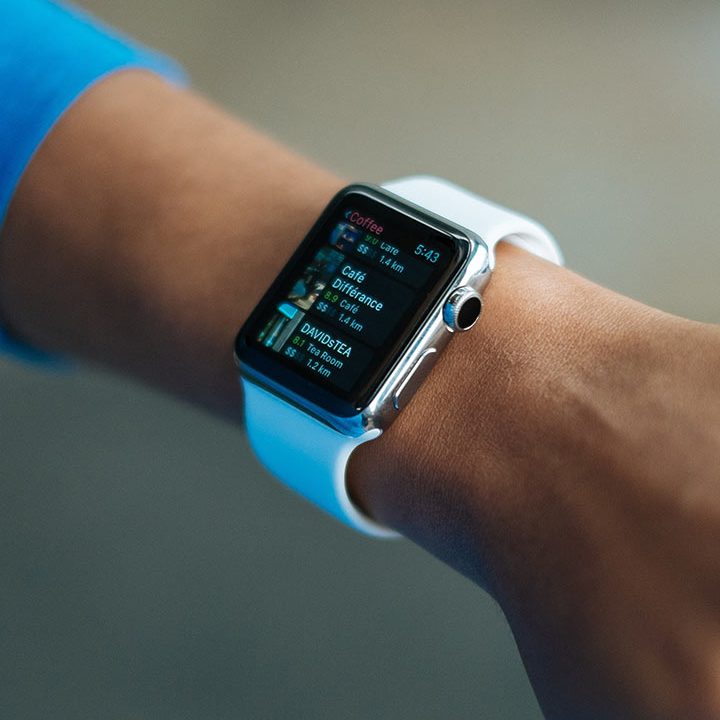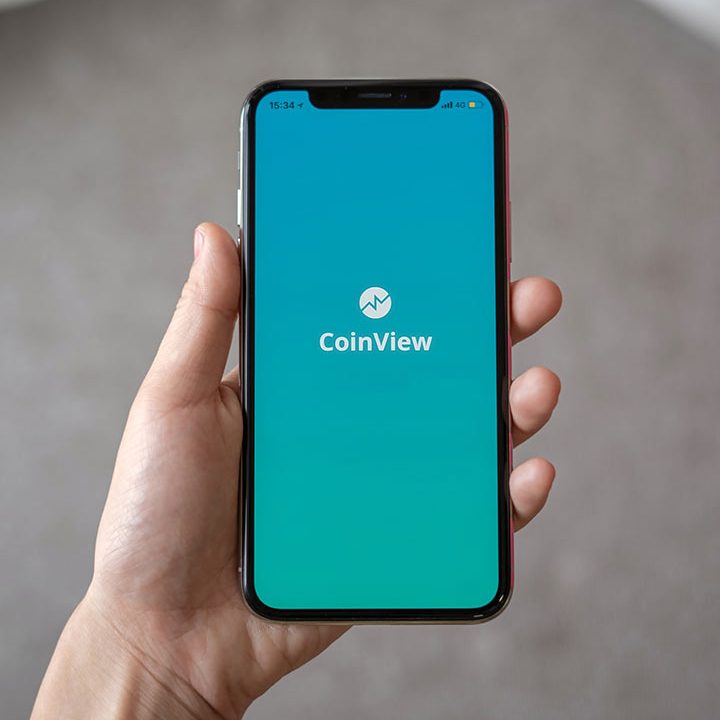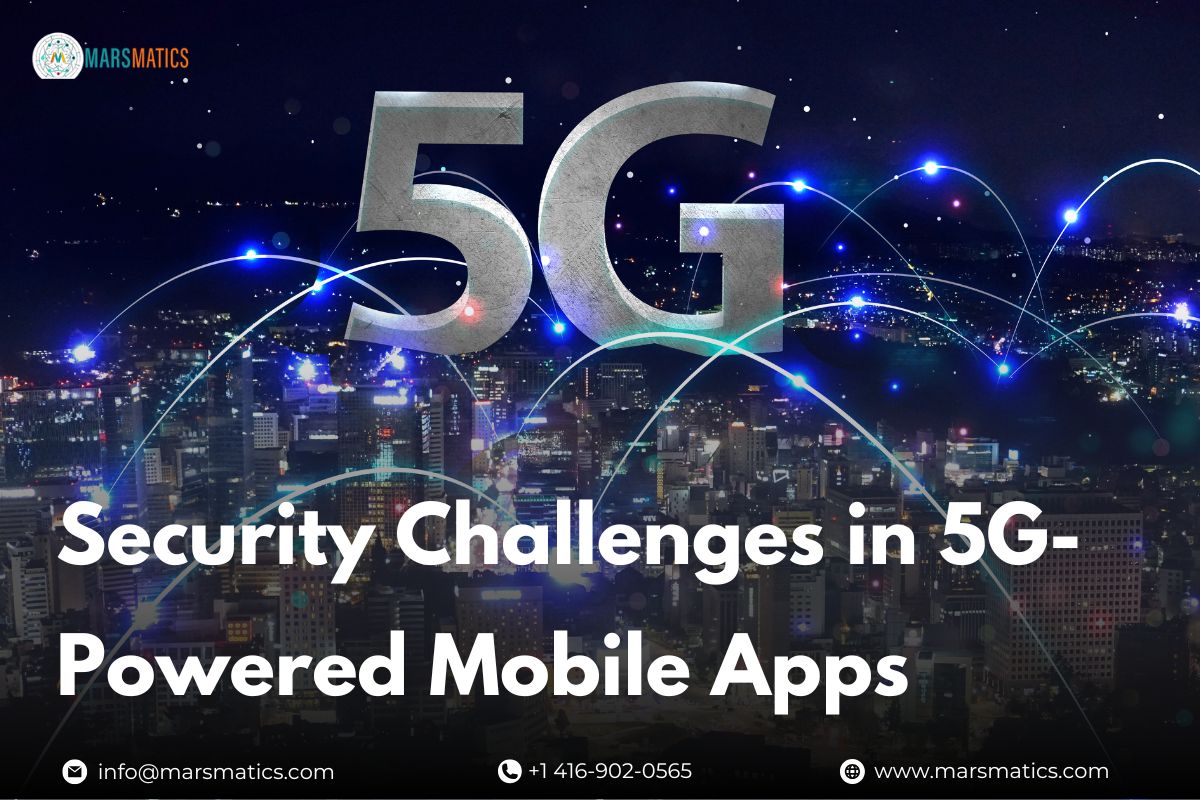Security Challenges in 5G-Powered Mobile Apps
The arrival of 5G has reshaped the mobile development landscape, bringing with it ultra-fast data speeds, near-instant communication, and the ability to connect billions of devices simultaneously. While these advances are thrilling for users and developers alike, they also introduce a new wave of security concerns. In fact, security challenges in 5G-powered mobile apps have become a major focus in tech development and policy discussions across the globe.
In this blog, we’ll explore the most pressing security risks that 5G introduces, how they impact mobile application development, and what developers can do to build safer, more resilient apps for the future.
Top Security Challenges in 5G-Powered Mobile Apps:
Increased Attack Surface with Massive Connectivity:
One of the defining features of 5G is its capacity to connect billions of devices from smartphones and smartwatches to autonomous vehicles and industrial sensors. However, with every new device added to the network, the attack surface expands, offering more points of entry for cybercriminals.
For developers, this creates serious 5G mobile app security issues. Applications that connect with IoT devices or leverage real-time data streams are especially vulnerable. Hackers may exploit weakly secured endpoints to infiltrate the broader ecosystem, compromising user data or even gaining control over devices.
Implication: Developers must implement robust endpoint security, secure device authentication, and real-time monitoring mechanisms to minimize these vulnerabilities.
Edge Computing Risks:
To reduce latency and improve speed, 5G relies heavily on edge computing — processing data closer to the user rather than at centralized cloud data centers. While this improves app performance, it also introduces security challenges in 5G-powered mobile apps because edge nodes can be less secure than traditional cloud environments.
If edge servers or gateways are compromised, attackers can gain access to sensitive data and potentially disrupt services before data even reaches the central system. Risk mitigation tip: Encrypt data at the edge and secure edge nodes with firewalls, access controls, and regular threat assessments.
Also Read: Top Tools and Best Practices for Securing Your Code
Lack of Standardized Security Protocols:
Despite 5G’s global rollout, there’s a lack of consistency in security standards and regulations across regions. This is one of the more serious security challenges in 5G network infrastructure.
For developers building cross-border or global apps, this means additional complexity. Ensuring that your app meets the diverse regulatory requirements of different countries (like GDPR in Europe or HIPAA in the U.S.) can be time-consuming and confusing. Developer takeaway: Work with compliance experts and prioritize modular, update-friendly security architectures that can adapt to changing regional policies.
Device-Level Vulnerabilities:
Not all 5G-enabled devices are built with strong security in mind. Low-cost or older hardware may lack proper encryption, secure boot processes, or timely software updates. When users access your mobile app on such devices, their experience becomes a potential security risk. In addition to OS-level weaknesses, app developers must also consider the risks of 5G in mobile development that stem from insecure device firmware or out-of-date libraries.
Actionable step: Developers should include runtime checks for device integrity and discourage app use on outdated or rooted devices where feasible.
Network Slicing Exploits:
5G enables a unique capability known as network slicing — segmenting one physical network into multiple virtual networks tailored for specific use cases. For example, a healthcare app may operate on a different “slice” than a gaming app, each with its own quality-of-service and security policies. While this enhances efficiency, it also opens the door to 5G security challenges and solutions that must be addressed. If isolation between slices fails, an attacker could move from one compromised app or slice into another more sensitive one.
Solution: Work with telecom providers to ensure your app’s slice is properly isolated and protected by authentication protocols and encryption.
Data Privacy and Regulatory Compliance:
5G allows for faster, real-time data collection — but this raises privacy red flags. Healthcare apps, location-based services, and financial applications that depend on sensitive user data must ensure compliance with strict privacy laws. Breaches or mishandling of this data can lead to legal penalties and loss of user trust.
Given the security challenges in 5G network environments, the amount of data that can be gathered, transmitted, and stored has grown exponentially — creating new attack vectors. Developer response: Minimize data collection, anonymize wherever possible, and use strong consent frameworks within your app.
How Developers Can Mitigate These Risks?
Building a secure 5G-enabled mobile app is not just about responding to threats — it’s about proactively designing with security in mind. Here’s how developers can reduce risk at every stage of the development lifecycle:
Adopt a Security-First App Design Approach:
Start by embedding security into your app’s architecture. This includes using secure code practices, validating inputs, and implementing multi-factor authentication. Avoid requesting unnecessary permissions and always practice the principle of least privilege. By addressing potential 5G mobile app security issues early in the development process, you save time, money, and your brand reputation later on.
Use End-to-End Encryption and Secure APIs:
In a hyper-connected 5G environment, your app likely interacts with third-party services, devices, or APIs. Always use TLS encryption for data in transit and consider additional layers like certificate pinning to prevent man-in-the-middle attacks. Also, monitor and secure your APIs — especially those that handle sensitive user data.
Regular Security Audits and Penetration Testing:
Your mobile app should undergo rigorous and regular testing to identify and patch vulnerabilities. Use emulators or real 5G network testing environments to simulate real-world threats and edge scenarios. Include penetration testing as part of your DevSecOps strategy to stay ahead of attackers.
Stay Updated with 5G Security Standards
As 5G is still evolving, so are the regulations and standards around its safe usage. Follow recommendations from organizations like:
- 3GPP (3rd Generation Partnership Project)
- GSMA (GSM Association)
- NIST (National Institute of Standards and Technology)
Being aware of the 5G security challenges and solutions published by these authorities helps developers stay compliant and forward-looking.
Also Read: How 5G Technology is Changing Mobile App Development?
📊 Important Stats You Should Know About 5G:
The scale and impact of 5G helps developers grasp why security challenges in 5G-powered mobile apps are so critical. Here are some eye-opening stats that highlight both the opportunity and the urgency for better security:
- Over 1.9 billion 5G connections are expected globally by the end of 2026. (Source: GSMA Intelligence)
- 5G networks can support up to 1 million devices per square kilometer, dramatically increasing potential entry points for cyber threats.
- The average 5G speed is expected to reach 10 Gbps, which is up to 100x faster than 4G — making real-time attacks and breaches much harder to detect.
- 81% of IT professionals believe 5G will make organizations more vulnerable to cyberattacks. (Source: Accenture Survey)
- 60% of mobile operators cited data security as their top concern when rolling out 5G networks. (Source: Ericsson Mobility Report)
These stats reinforce the importance of proactively addressing 5G mobile app security issues and keeping pace with the evolving threat landscape. Developers who stay informed and build with security in mind will gain a competitive edge in a rapidly expanding market.
Final Thoughts
As 5G continues to transform how we interact with the digital world, its immense potential is matched by equally significant security challenges. For developers, it’s essential to recognize that innovation and safety must go hand in hand. It is important to understand the security challenges in 5G-powered mobile apps, proactively applying best practices, and staying current with global standards, developers can deliver powerful, future-ready mobile experiences — without compromising security.
❓ Frequently Asked Questions (FAQs)
Q1: What are the biggest security challenges in 5G-powered mobile apps?
The top challenges include increased attack surface, device-level vulnerabilities, edge computing risks, lack of global standards, and data privacy concerns.
Q2: How does 5G impact app data security?
5G allows faster and more frequent data transmission, which increases the potential for interception and misuse if proper encryption and protections aren’t in place.
Q3: What steps can developers take to reduce 5G mobile app security issues?
They should implement secure coding practices, use encryption, perform regular audits, monitor APIs, and follow 5G security standards like those from GSMA and 3GPP.
Q4: Are 5G security challenges different from those in 4G?
Yes. While some risks overlap, 5G introduces new issues like network slicing exploits, edge computing vulnerabilities, and a vastly expanded device ecosystem.
❓ FAQs:
Q1: Why is 5G more vulnerable to security threats than previous generations?
Because 5G supports more devices, decentralizes computing via edge networks, and introduces complex virtual architectures, creating more potential attack surfaces.
Q2: What types of mobile apps are most at risk in a 5G environment?
IoT, AR/VR, real-time financial apps, and healthcare apps are especially vulnerable due to high data transmission and real-time processing.
Q3: How can developers protect user data in 5G-powered apps?
By implementing strong encryption, minimizing data collection, and ensuring secure API communication.
Q4: Are there global standards for 5G mobile app security?
While organizations like 3GPP and GSMA provide guidelines, global security protocols are still evolving and not yet fully standardized.








